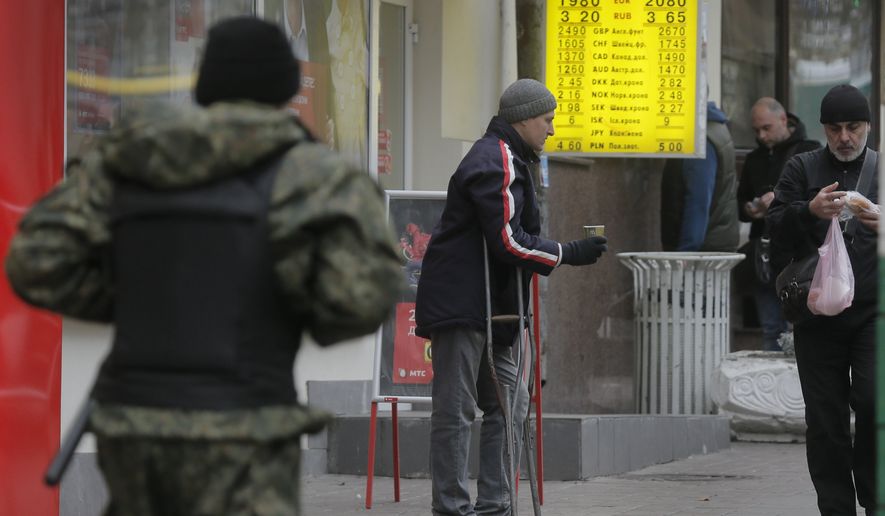In early March, the National Bank of Ukraine raised the discount rate to 30 percent to combat a downward spiraling currency, massive capital outflows and rampant inflation. The hryvnia lost 40 percent of its value in 2014 and another 40 percent in the first few months of 2015 due primarily to the conflict in East Ukraine.
At the monthly meeting of the Monetary Policy Committee in late April, the decision was made to keep interest rates at this high level as the positive effects on the currency were striking. Since the last raise, the hryvnia has settled back down to the low 20s vs. the U.S. dollar. This level is acceptable to Ukraine in the medium term as it is where the government has forecast the value of the currency for budgeting purposes.
In communication with the press office, officials seemed confident an interest rate reduction would be forthcoming. In a press release dated April 24, 2015, the National Bank of Ukraine stated:
“On April 22-23, 2015, the regular meeting of the Monetary Policy Committee of the National Bank of Ukraine (hereinafter – the Committee) was held, at which the decision was taken to recommend the Board of the National Bank of Ukraine keep the discount rate unchanged at its current level of 30%.
“In view of the above, the Committee members concurred in the expediency of keeping the discount rate at its current level in an effort to reinforce positive trends in the money market. The Committee members expect risks to the stability of domestic currency mitigate in the short run in the absence of external shocks, thus enabling the National Bank of Ukraine to ease the monetary policy.”
It seems “in the absence of external shocks” is the key phrase, meaning the absence of further Russian incursion into Mariupol or any other strategic towns along the land bridge to Crimea. Ukraine has lost 20 percent of its industrial base to the pro-Russian separatists in the east and a further loss would be devastating to its economic hopes.
Inflation in Ukraine in April was again staggeringly high with the consumer price index up 60.9 percent on a year-over-year basis, according the central bank’s website. However, this massive increase was mostly due to planned reductions in energy subsidies mandated by the International Monetary Fund (IMF) for release of the initial tranche of $17.5 billion in aid to Ukraine.
Ukraine’s foreign currency reserves stood at approximately $10 billion at the end of March, with the IMF approving an immediate release of $5 billion. Ukraine needs to keep its currency in the present low 20s range to the dollar in order to continue to build its foreign currency reserves up to the three-month level, which is considered a minimally safe cushion.
Ukraine’s finance minister, Natalie Jaresko, appealed to investors in the West during meetings over the last weeks in London and Washington to help Ukraine recover from the current crisis.
Ukraine desperately needs to reduce rates as soon as the situation allows as lending has been virtually shut-off to businesses in the country. Most businesses do not even consider borrowing money to fund activities an option at this point. Although economists forecast the Ukrainian economy returning to growth in 2016, a reduced discount rate is critical to that desired outcome.
Economic progress and promised reductions in pervasive corruption in Ukraine are key to unlocking further aid from the European Union (EU) and the IMF. It remains to be seen if Russia will allow the conditions to materialize for the government in Kyiv to focus on domestic economics vs. the conflict in the east which has killed more than 6,000 people.




Please read our comment policy before commenting.